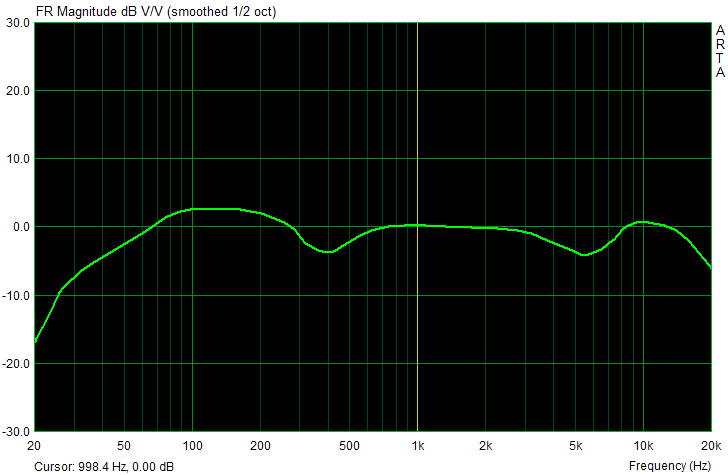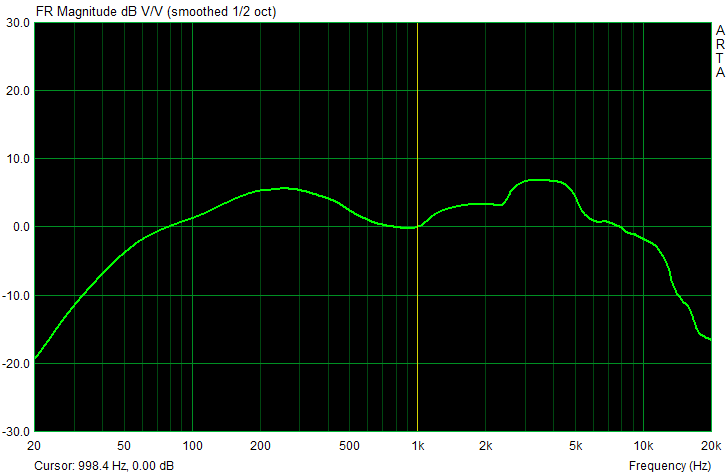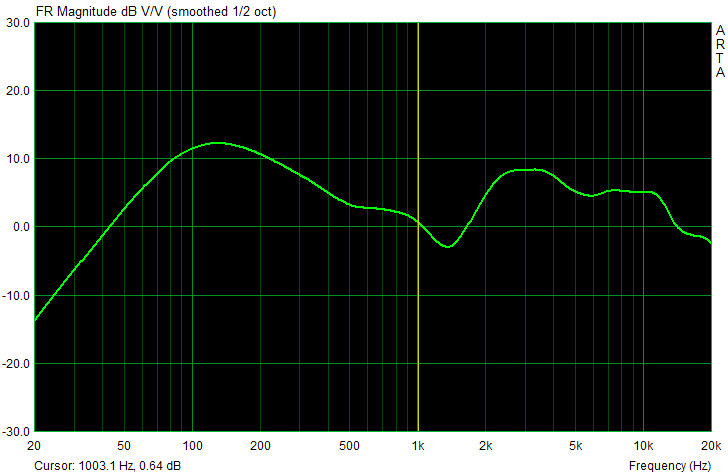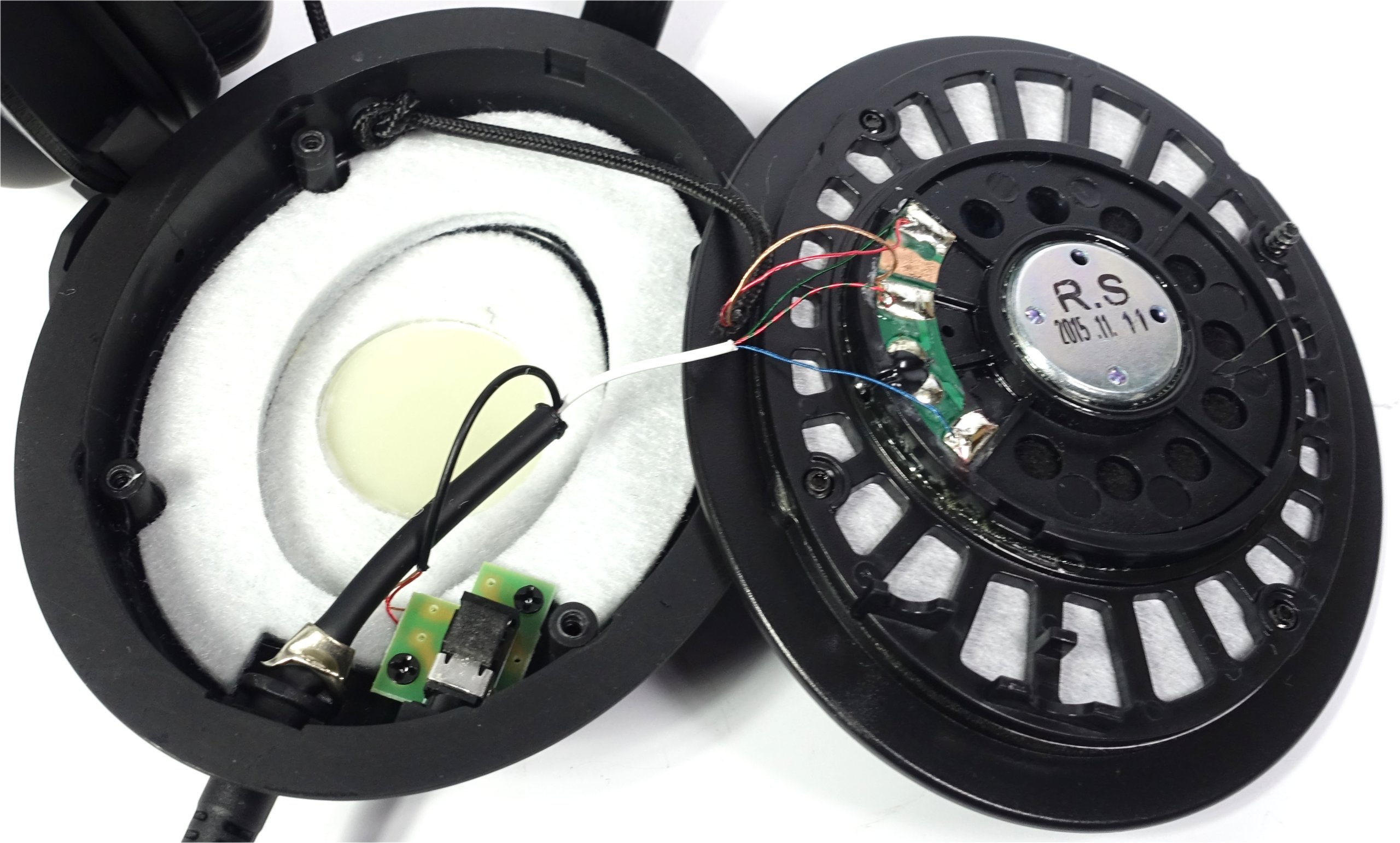Legacy Headset Benchmarking Methodology
Sound Design: Marketing Gimmick Or Force Multiplier?
In order to illustrate some of what can go wrong with sound design, or the deliberate modification of sound reproduction through under- or over-emphasizing individual frequency ranges, we selected two headsets to serve as examples.
The thick white line indicates the frequency response of truly neutral headphones with excellent reproduction properties. To this reference, we compare a rather average stereo gaming headset with the typical bathtub sound, where bass and treble are clearly overemphasized to provide the illusion of good sound. Furthermore, the sweet spot at 1 kHz acts as a honey pot, since standard measurements use this mark as their default point of reference. Red areas indicate over-emphasis, while blue areas are under-emphasized frequency ranges.
According to marketing specialists, the crown of sound evolution should go to real 5.1- or 7.1-channel headsets with several drivers per earpiece (and possibly some kind of subwoofer). But even one of the expensive models we tested ended up demonstrating the audio qualities of a submarine:
Why on earth would any company try selling such a travesty as a gaming-oriented peripheral?
To be fair, none of the companies marketing gaming headsets manufacture their own hardware. Instead, they rely on ODMs that typically have canned solutions ready to go. In the end, differentiation is only possible through unique looks and a bit of tuning.
Sound Design By Ear Pad
The pictures below show a headset that could have been great. Its attenuation is just right, and the manufacturing quality is excellent. But whereas this model's predecessor impressed us with almost linear reproduction, the newest implementation's results reveal some issues.
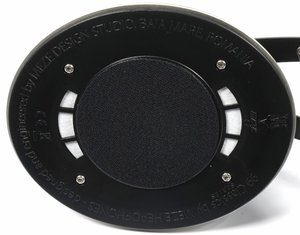

Flaws in this set's sound quality are introduced by nothing more than the utilization of sub-par ear pads. What may have been intended as an improvement quickly turns out to be the opposite.
Get Tom's Hardware's best news and in-depth reviews, straight to your inbox.
Beware of seemingly plush gaming headsets with thick bulges, cheap foam, and cloth covers. They might look good or feel comfortable, but then disappoint with their acoustic performance.
Sound Design Through Additional Volume
It gets worse, though. Take a hollow plastic chassis, forget about insulation and attenuation entirely, and don't be surprised when the outcome is dismal.
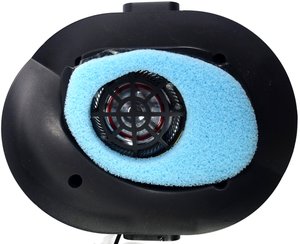

The result is a bass bomb of the worst kind, since small enclosures aren't really suitable for bass at all. There's no level stability, the measured transient response is poor, and upper-mid/treble ranges are extremely exaggerated. In order to simulate low frequencies that aren't actually there, the corresponding range is raised by an extreme 250 Hz, yielding a cardboard sound that's noisy and rumbling like the cheap equipment found blaring at parties.
Sound Design Through A Statically-Tuned Resonant Body
Beyond exaggerating the level of individual frequency ranges through driver selection, it's also possible to affect response using various tricks in the body's internal design.
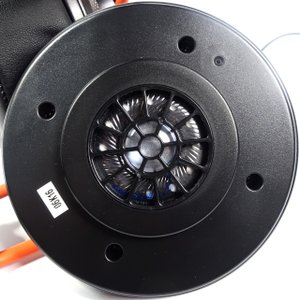

The result can sound really bad. But at least the lower sound range's center is shifted down to qualify as upper-bass.
Tuning, Rather Than Detuning
Not all manipulation is bad. There are also positive examples of sound design that try mitigating low-cost manufacturing and compensate for inherent weaknesses. The options that ODMs offer, such as various openings for correcting attenuation, modify the sound by either raising or lowering each frequency range.
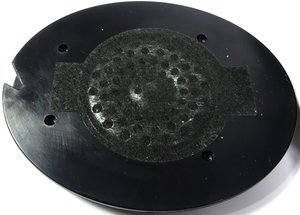
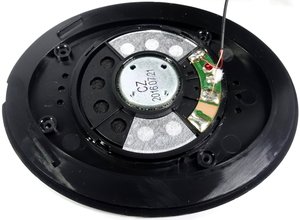
The following response graph is much better, even if it lacks bass. Properly tuning the output device could help compensate for that, though.
Sound Design Done Right!
We even have some really positive examples of sound design in our lab, such as the Qpad QH-90, based on passable Takstar stereo headphones. For those, the manufacturer acts as an ODM and applies its know-how in all the right ways. In addition to properly tuning the resonant body, it also provides some appropriate attenuation.
The result is not entirely linear, but it's just right for gaming. You get a good combination of precision, positioning, and detailed reproduction, even when you use the headset for listening to movies and music.
MORE: Best Deals
Current page: Sound Design: Marketing Gimmick Or Force Multiplier?
Prev Page Spatial Hearing, Surround Sound & A Lot Of Voodoo Next Page Human Language, Animals & Movement
Igor Wallossek wrote a wide variety of hardware articles for Tom's Hardware, with a strong focus on technical analysis and in-depth reviews. His contributions have spanned a broad spectrum of PC components, including GPUs, CPUs, workstations, and PC builds. His insightful articles provide readers with detailed knowledge to make informed decisions in the ever-evolving tech landscape
-
the nerd 389 In the article, you say that headphones always create the perception that the source is right at the head. This is incorrect. Newer techniques use either binaural recordings or HRTF approximations to reproduce entire auditory spaces.Reply
When employed correctly, these techniques allow for a more accurate reproduction of an environment than is possible with speakers.
If surround headphones employ those techniques, the result is true 3D sound (two angles, as well as distance). That said, the technology needed to pull this off in real time is still a few years away. For now, binaural recordings are the only way to achieve this effect in practice.
Finally, you should probably disclose the output impedance of your sources. Many headphones have drastically different frequency and phase response between low impedance and high impedance sources. The effect is most pronounced with low impedance headphones, like most gaming headsets (<64 ohms). Motherboards and sound cards usually have a high output impedance (10-100 ohms), while decent headphones amps have low impedance (<2 ohms). -
Spanky Deluxe I just don’t get Tom’s Hardware sometimes. They go out of their way to make top quality articles with great testing methodologies but at the same time make the website absolute garbage to use with half the stuff covered in abnoxious adverts, a terrible UI experience and then even more adverts for even worse stuff that is blatantly obviously scam sites like “How local <ISP LOCATION AREA> housewife earns $15962 per month from home” and the like. Sometimes adverts even stop you reading an article on mobile, i.e. actually block you pressing the next page button. I hardly ever read articles anymore here despite being a visitor for about 20 years as it’s just too much hard work to wade through the website design and adverts everywhere.Reply -
icycool_q1 Completely agree Spanky, I am coming here less and less because of the huge video playing throughout almost every article. In addition to that, I have very poor internet and it takes considerable time for this crap to even load. Hell, I'd be happy to pay them $5/year just to have NONE of this extraneous rubbish.Reply -
Co BIY Tom's reviews headsets?Reply
No category under peripherals ? and I don't remember a recent review. -
FormatC This is the intro review to understand, what we test and how. The headset reviews will follow soon. I'm testing headsets for the German site since a few years (my latest). I think, it is a good compromise for the masses to get more info and to understand, what we write. Not too flat like an unboxing video on YT and and not too in-dept like for the golden ears. ;)Reply
Finally, you should probably disclose the output impedance of your sources.
If measure with an good external amp, not on an onboard output. But with exception of a few pilot headsets I wasn't able to find a gaming headset above 32 ohms.
Newer techniques use either binaural recordings or HRTF approximations to reproduce entire auditory spaces.
As I wrote in the review, all this techniques are using your brain (and experience) to produce this immersion. But it doesn't help to make a bad headset better or to hear "more". ;)
-
hannibal I agree the article. I have always have good Hi-Fi speakers and headphones. Many years back I did Also buy Gaming headset (expensive one) and used it a while and was deeply dissapointed by the sound quality. Did go back to old music Hi-Fi headphones and was much more pleased and the next time I did upgrade my music system I did by the best Hi-Fi music headphones that I could afford at that moment and have been really pleased the sound quality.Reply
Good bass even in low volume, good balance at low volume, same when you increase the volume upp. So balanced and straight linear sound in all situations!
The multidriver system is interesting, but very difficult to make right. Have to check out some uber models From Senheiser and othe big audio manufacturers to see how well They can do it with their best systems. -
the nerd 389 @FormatCReply
I didn't mean to imply that you should measure with a low impedance source. Quite the contrary, actually. Most people don't have headphone amps, so it doesn't make sense to measure with one if that's your audience. All I meant was that the output impedance has a substantial impact on how headphones measure, so it's worth disclosing. It only takes a few minutes to measure if you have a decent multimeter and a couple of resistors lying around.
Your Creative unit should have an impedance between 10 and 50 ohms. That's a big enough range that it's a pretty notable amount of uncertainty in any measurements you do with it, though. It's worth mentioning that of the units I've measured, I've found almost no difference in output impedance between onboard audio and gaming-oriented sound cards. Even the external ones usually have at least 10 ohms of impedance.
Regarding the binaural and HRTF techniques, it's not really fair to say that they use the brain/experience to produce the effect. They simulate a physical phenomenon that occurs when sound hits the outer ear and head. You can even measure the effect (assuming you can sit still long enough).
The wording you chose is akin to saying "the lights in your room allow you to see using your brain/experience to allow you to perceive objects." Again, it's not technically incorrect, but it's not really going to help anyone understand it any better. Also, I wouldn't mention it except for the fact that the HRTF is likely going to become a major factor in mainstream audio in the next few years. It's already used in some high-end audio solutions, and it's expected to be a major ingredient in the next phase of VR. -
FormatC I'm building audio systems since 1979 and I followed in the past each trend to understand (or very often not), what the industry and their PR tried to sell us. I'm visiting a lot of meetings and workshops and it is every time very interesting to hear, what scientists, engineers and medicals said. Alone the inner structure of a human ear is so complex, that we can found thousands of variances of a different spatial immersion. For one person this fakes are working well, for others not. Or simply different. I also saw a lot of blind tests and the results were every time within the statistic. A good 50:50 for stereo vs. artificial sound manipulations.Reply
What I would say with this small story is:
Never believe, what the industry said. This is (mostly) pure PR and the utilization of the term Gaming, only to sell their low-end more expensive, is pure nonsense. Stickers and audio labels are nonsense too. Money makers. Good audio hardware can cost a lot of money but our job must it be in the first row, to find the the better pieces between all this crap. What we will do is a thing in the middle of this mostly senseless unboxing YT videos and the Hi-Fi magazines. Call it science for the masses. But we have in each case to take care, that we will stay understandable for all readers. Not so easy... ;)
BTW: The Creative amp is running between 10 ohms and 600 ohms not bad. But I'm trying each headset also onboard (if it is not USB) to see, how it performs. I'm worked together with MSI for example to improve their mainboard audio solutions and a lot of other companies have now a bigger focus at the audio part of their mainboard design (components, positioning). This was also a follow of my investigations of all this VGA-related influences ("you can hear what you see") and the mainboard layout. The fact, that you can see now on a lot of VGA cards low pass filters for all rails is a direct follow of this work. Together with improved PSUs... ;) -
JonDol Reply20524062 said:... it’s just too much hard work to wade through the website design and adverts everywhere.
There are already long years since AdBlockers became mandatory on THW in order to have a pleasant reading experience. Don't wait anymore before installing a few (not only one since some of them have agreements with ad networks and sneakily whitelist some ads to let them reach you). I personally have at least 3 AdBlockers on every web browser I use.
-
Virtual_Singularity Reply20524205 said:Completely agree Spanky, I am coming here less and less because of the huge video playing throughout almost every article. In addition to that, I have very poor internet and it takes considerable time for this crap to even load. Hell, I'd be happy to pay them $5/year just to have NONE of this extraneous rubbish.
Hmmm... Totally, agree. Save for the $5 a year part. =P
Edit: Good article all the same, as it's an area Tom's hasn't breached much, at least yet, as far as I've seen (or heard). Like the contributor with the outstanding DL/UL speed in the sig hints at: "not too flat like an unboxing video, and not too in depth like for the golden ears". I like that description. Though I personally wouldn't mind a "golden ears" type of review. But then, that'd likely remove or disqualify most gaming headsets from the topic altogether, along with readers? Though just so Tom's knows, some of us would indeed take the time to read the in-depth, "golden ears" stuff. I grew up in the analog world and usually still prefer it, maybe. Ha.


